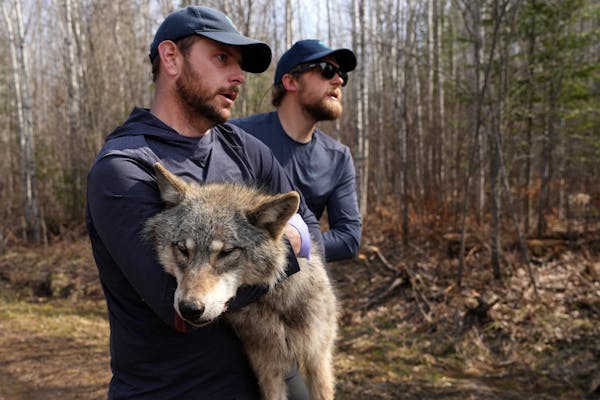Ongoing research into the spread of chronic wasting disease (CWD) in whitetail deer has identified a tiny new piece of the puzzle: ticks.
University scientists from Wisconsin and Minnesota discovered single deer ticks (aka blacklegged ticks) in the wild, taken off the heads of CWD-infected deer, with enough disease-causing prions inside of them to spread the disease.
Hypothetically, a healthy deer could accidentally swallow one of those tainted ticks during social grooming, said Stuart Lichtenberg of the Minnesota Center for Prion Research and Outreach at the University of Minnesota.
"There's lots of work yet to prove it," Lichtenberg said. "But it's far more likely to happen that way than coming from a tick bite."
The study's proven breakthrough is that a deer tick can fill itself with an infectious dose of prions while feeding on the blood of a CWD-infected deer in a natural setting. Those misformed proteins — also known for causing other neurodegenerative diseases — can be ingested and excreted by ticks, largely unchanged, the researchers found.
If continued research proves that prion-carrying ticks are causing CWD in wild deer, Lichtenberg said wildlife officials might look for ways to reduce tick loads in the wild. "We think this might be one part of the answer," he said.
As an environmental toxicologist, Lichtenberg is well aware of other research into the possible inhalation by deer of prion-contaminated soil or of deer eating contaminated plants. "We still don't have great answers of how it is spread in the wild," he said.
The tick study was led by Heather Inzalaco at the University of Wisconsin-Madison, where Lichtenberg previously worked. They first determined in the lab that ticks can carry an infectious dose of prions by feeding on blood from brain tissue taken from CWD-positive deer.
For part two, they relied on 174 tick-infested deer heads collected during hunting season by the Wisconsin Department of Natural Resources. Fifteen of those deer tested positive for CWD and researchers found prions in six groups of ticks taken from the infected deer. They then quantified the amount of prions in the ticks and found as much as 10 infectious doses in a single tick.
The full study was published last month in Nature Scientific Reports.

Byron Buxton drives in five runs as Twins trounce A's

Twins' Lewis searches for his way out of another hitting slump

On Vikings' rebuilt D-line, less playing time may be a good thing
Jefferson says he knows his presence at Vikings OTAs 'makes a difference'

